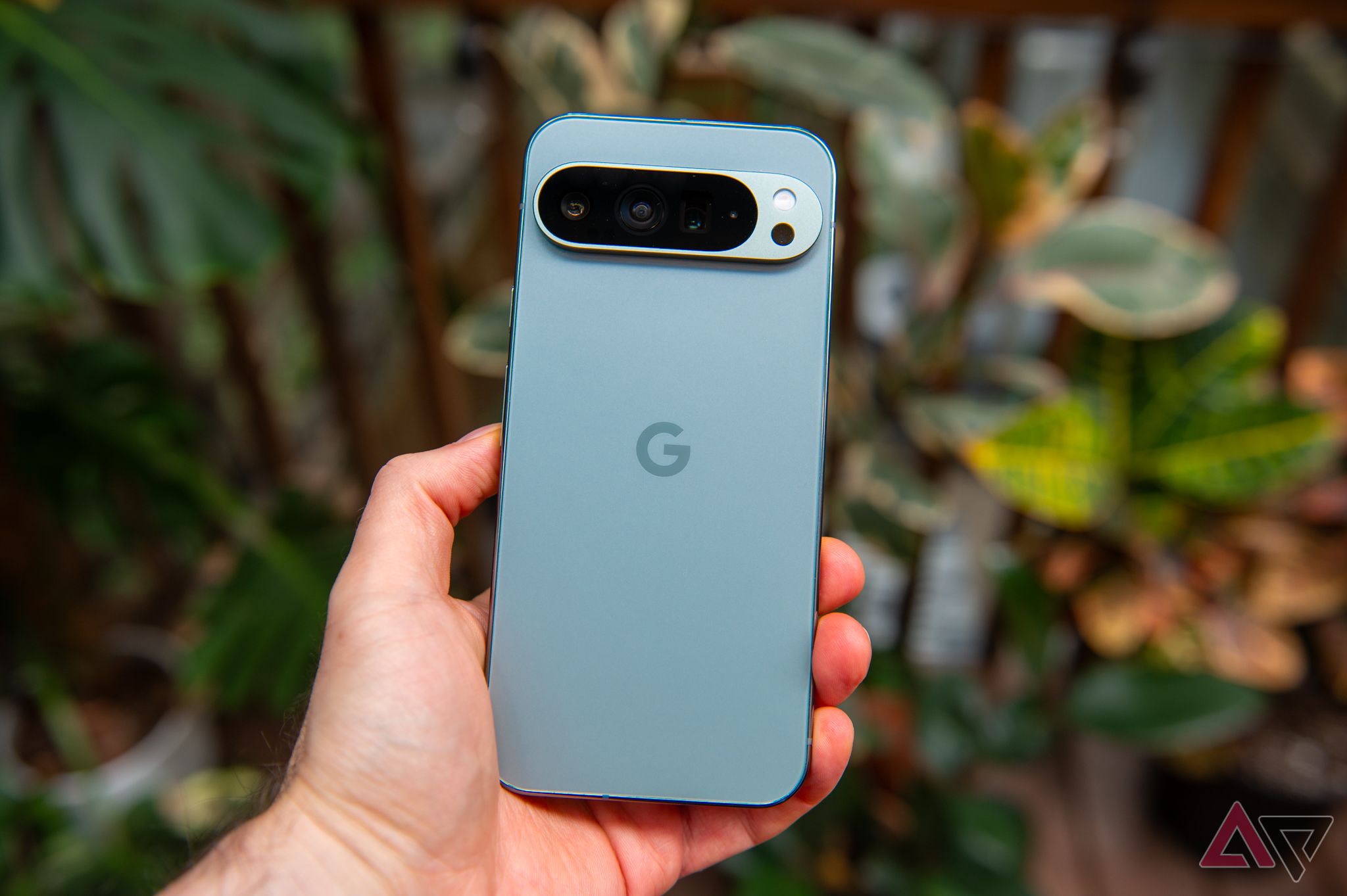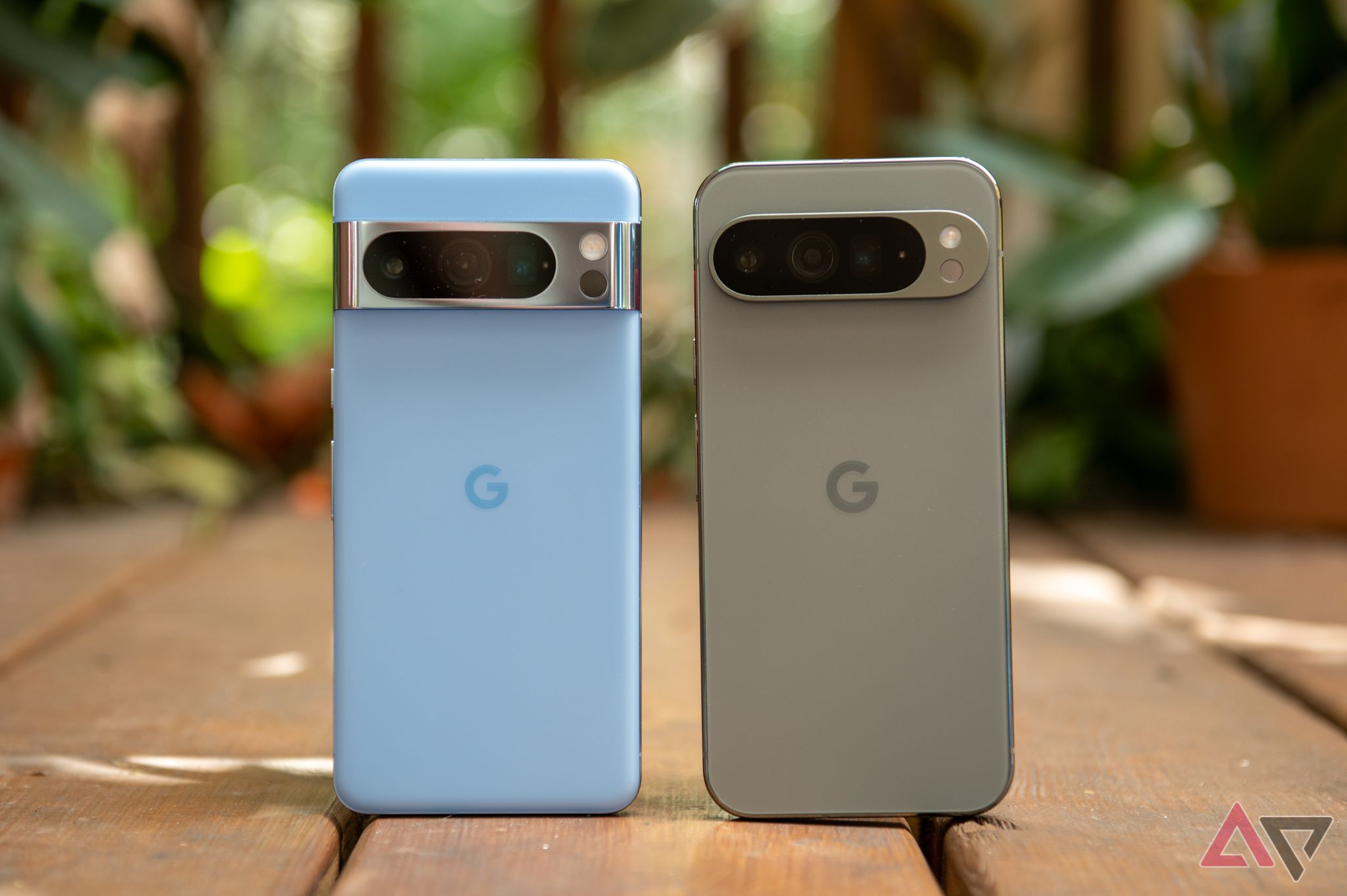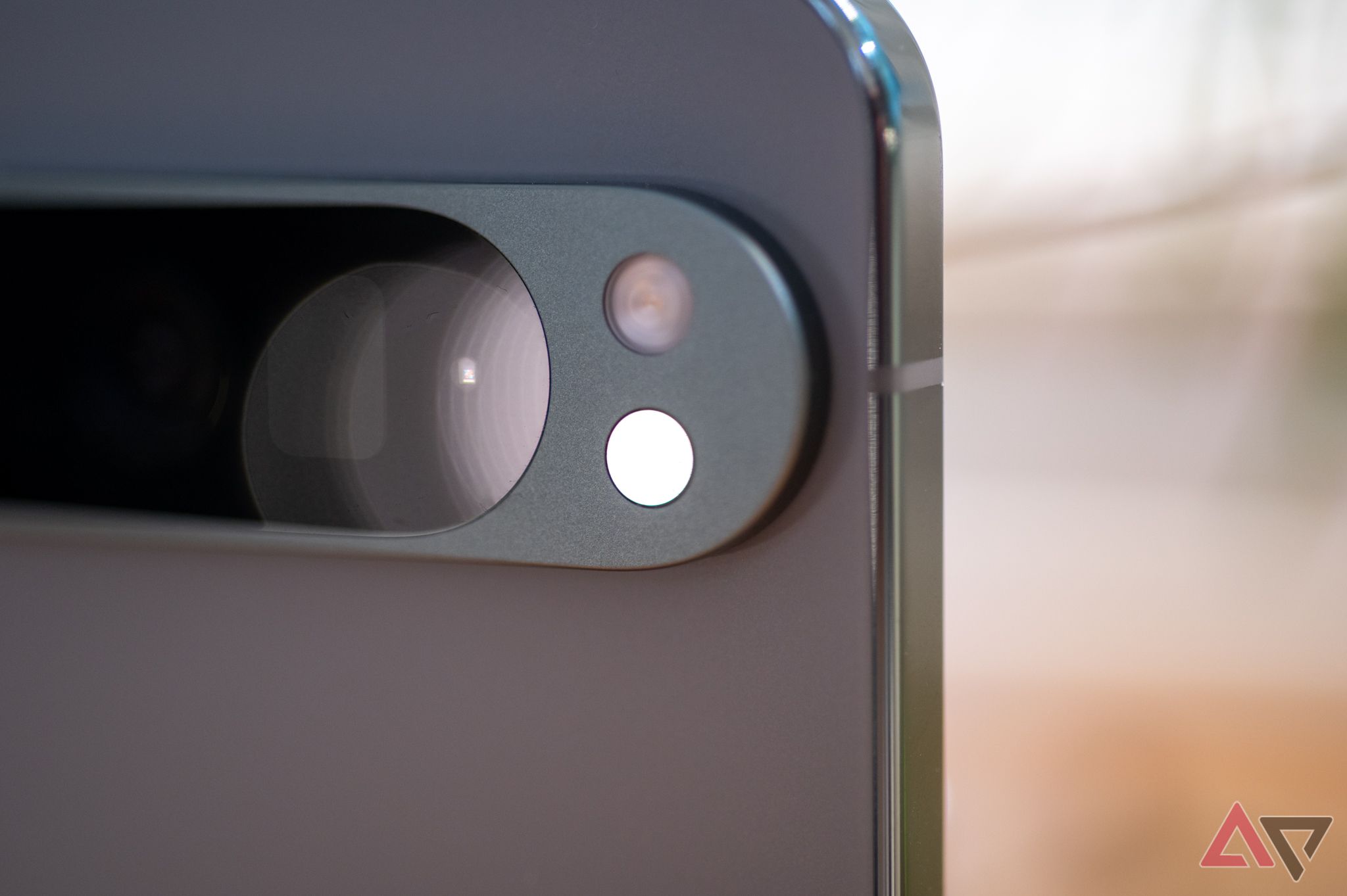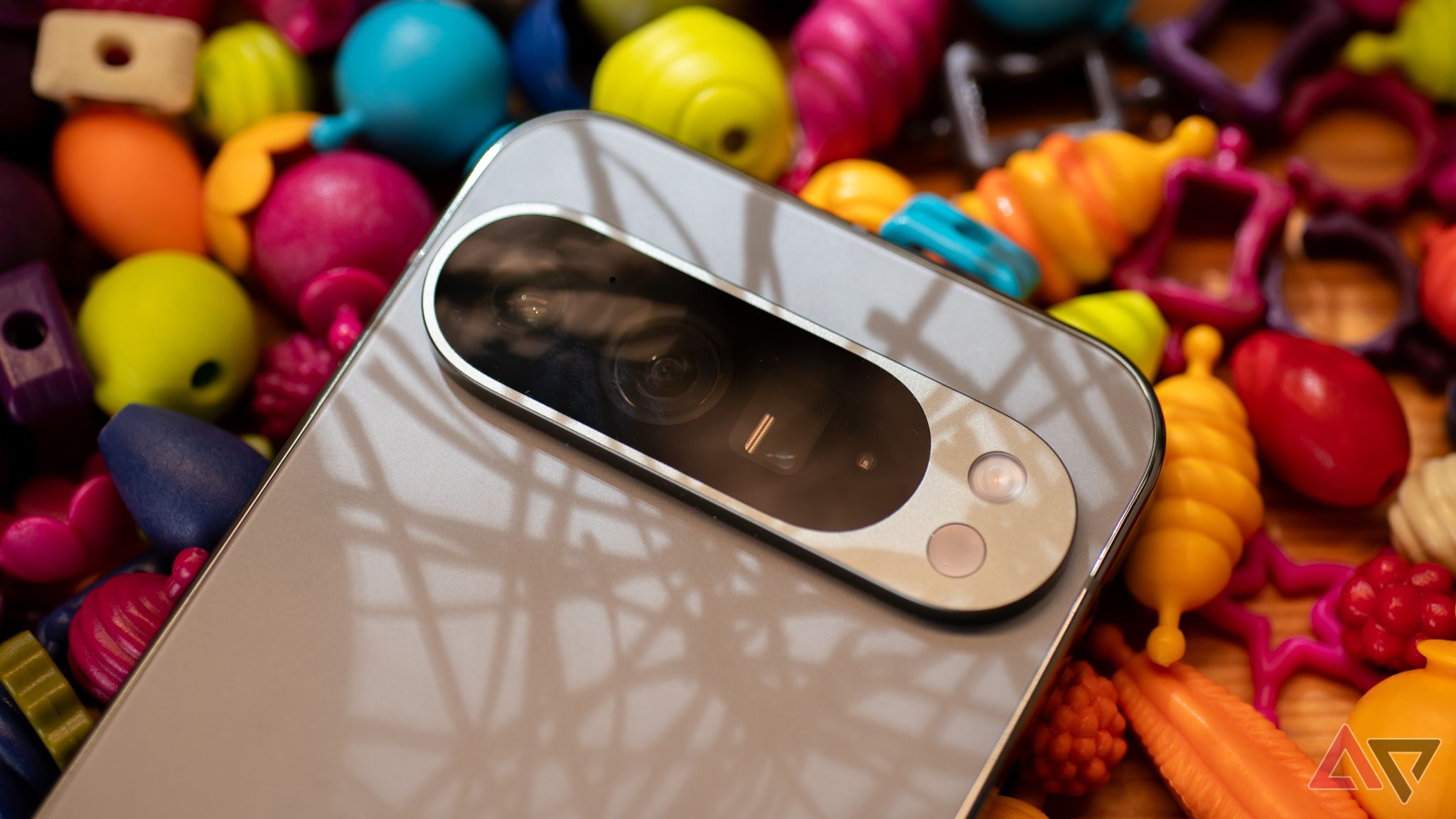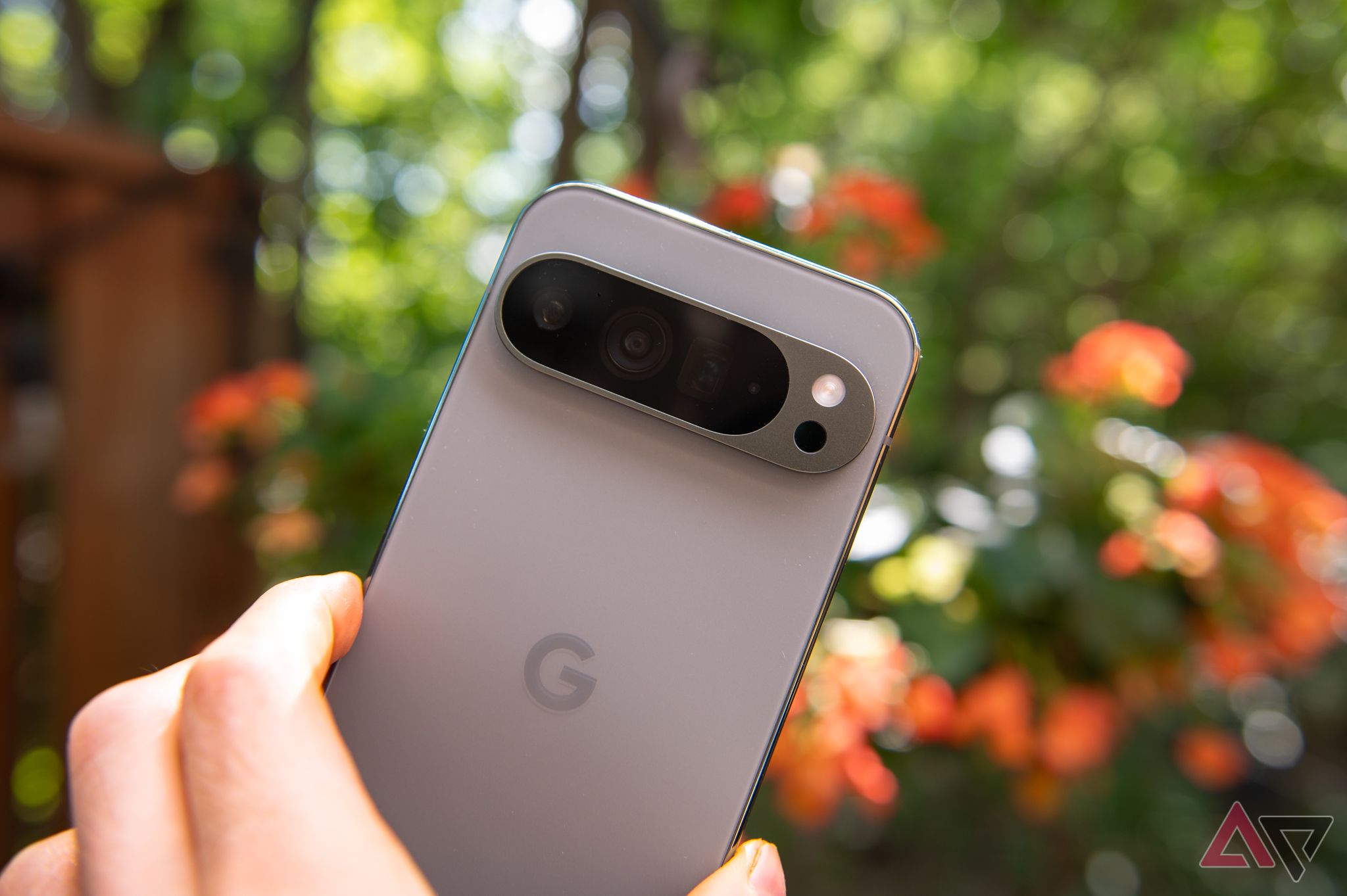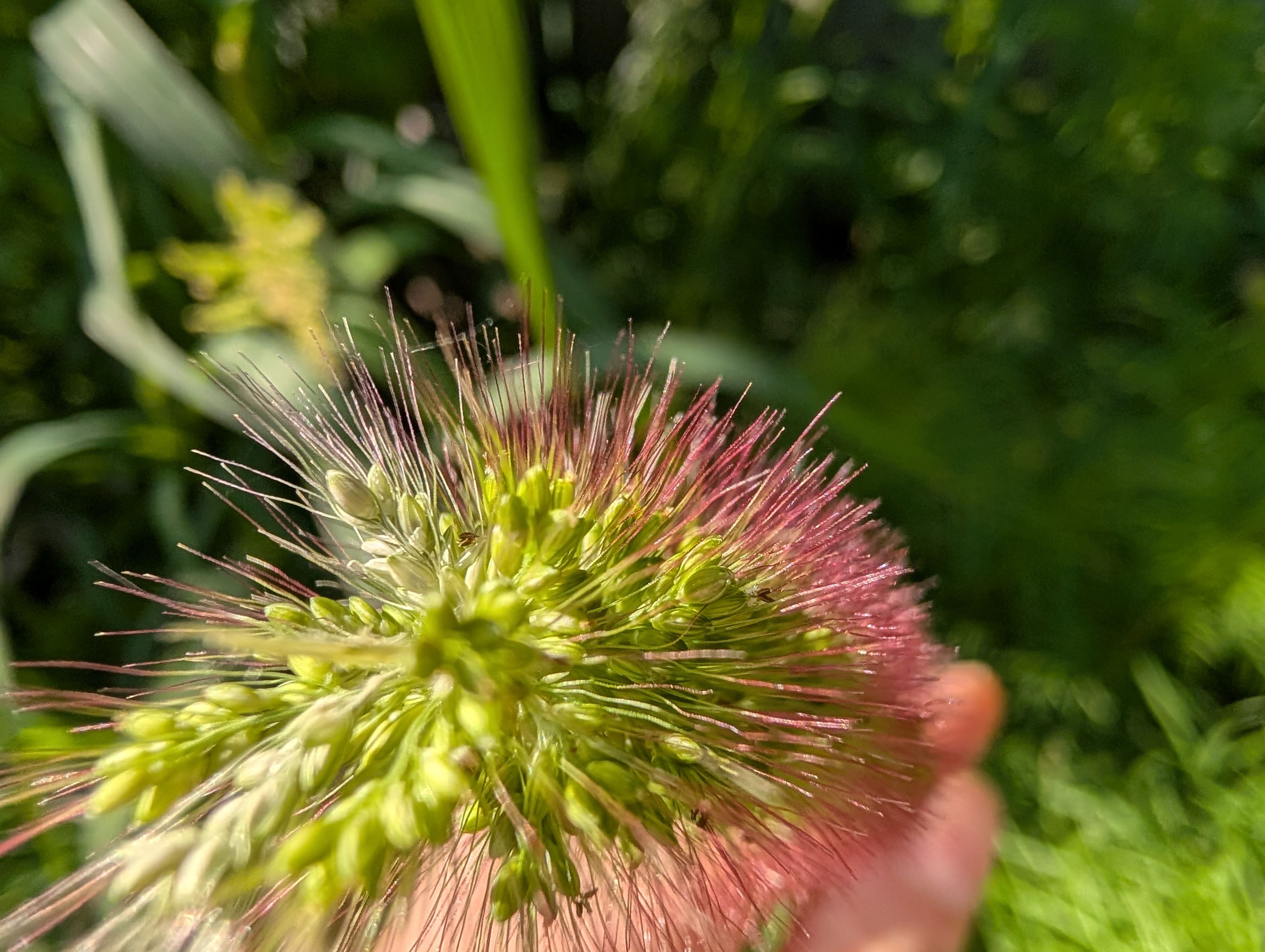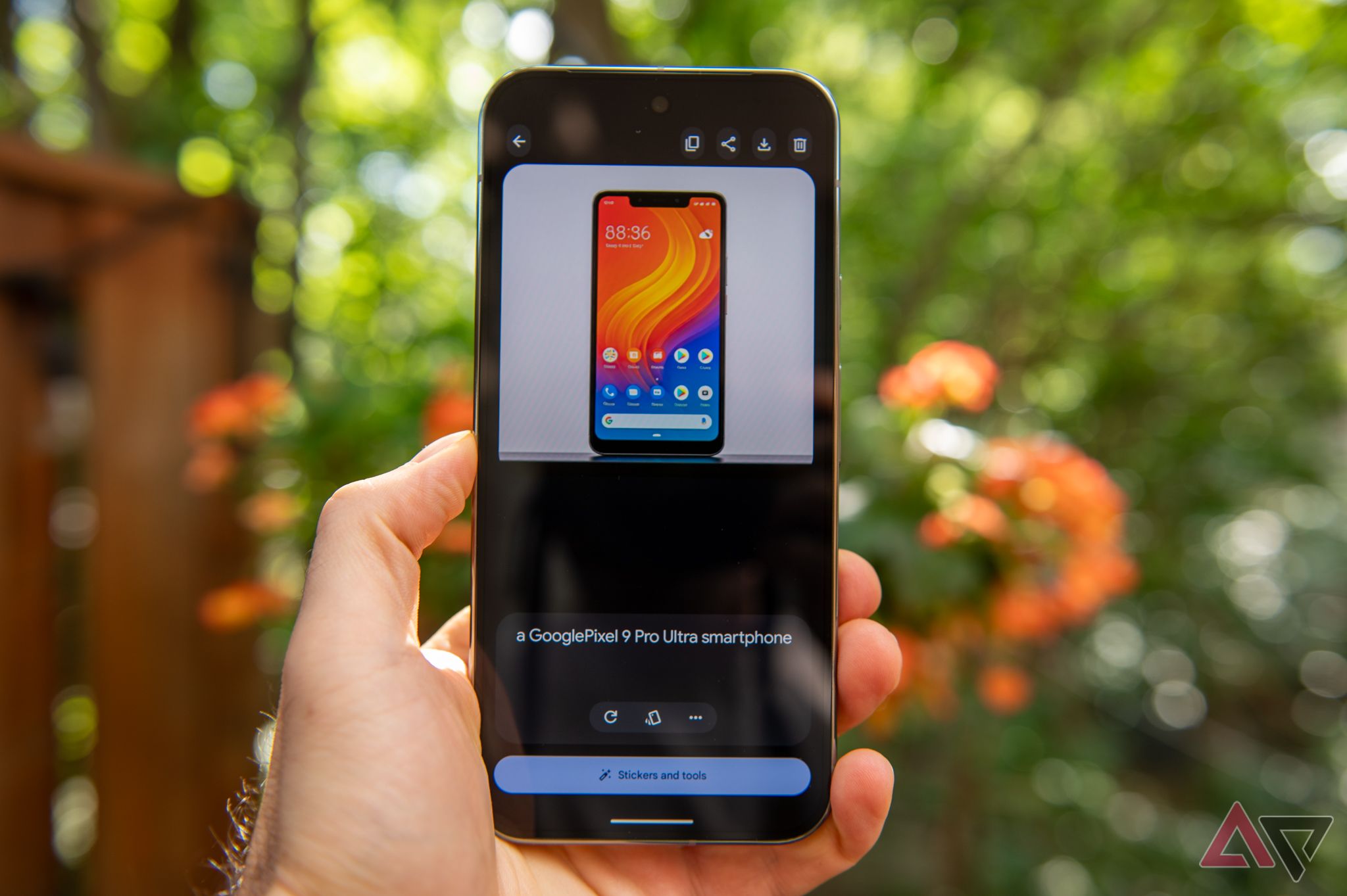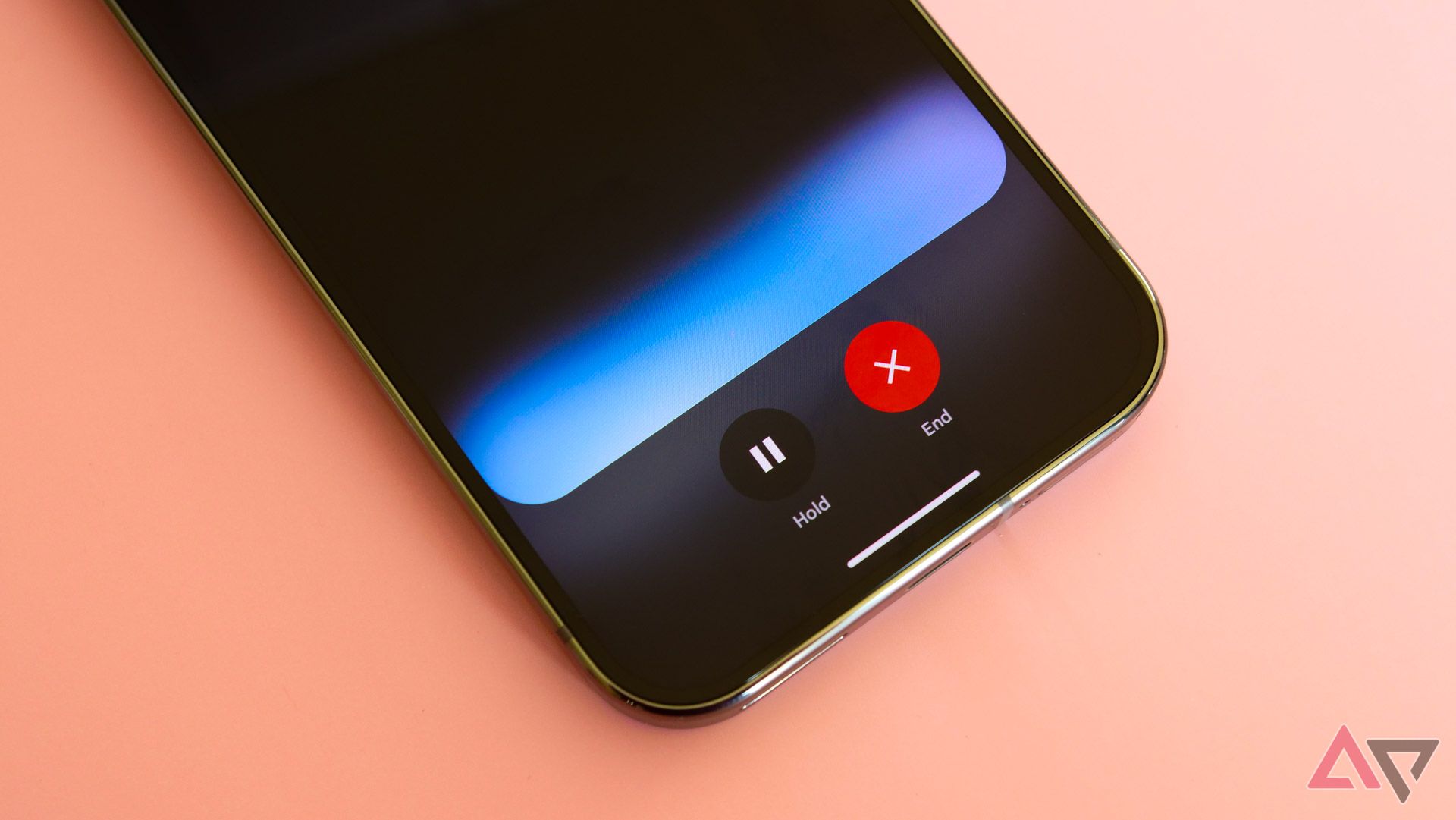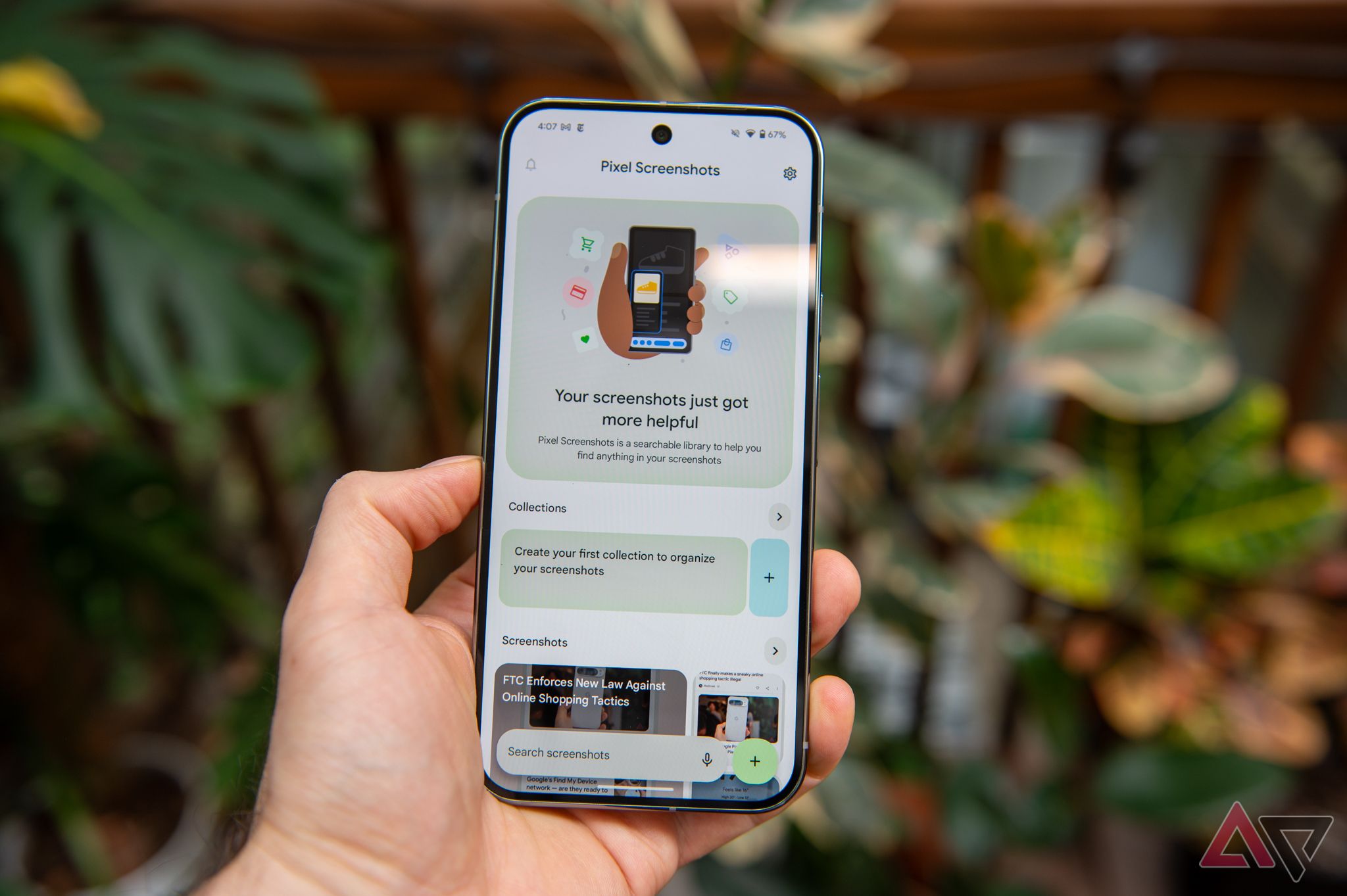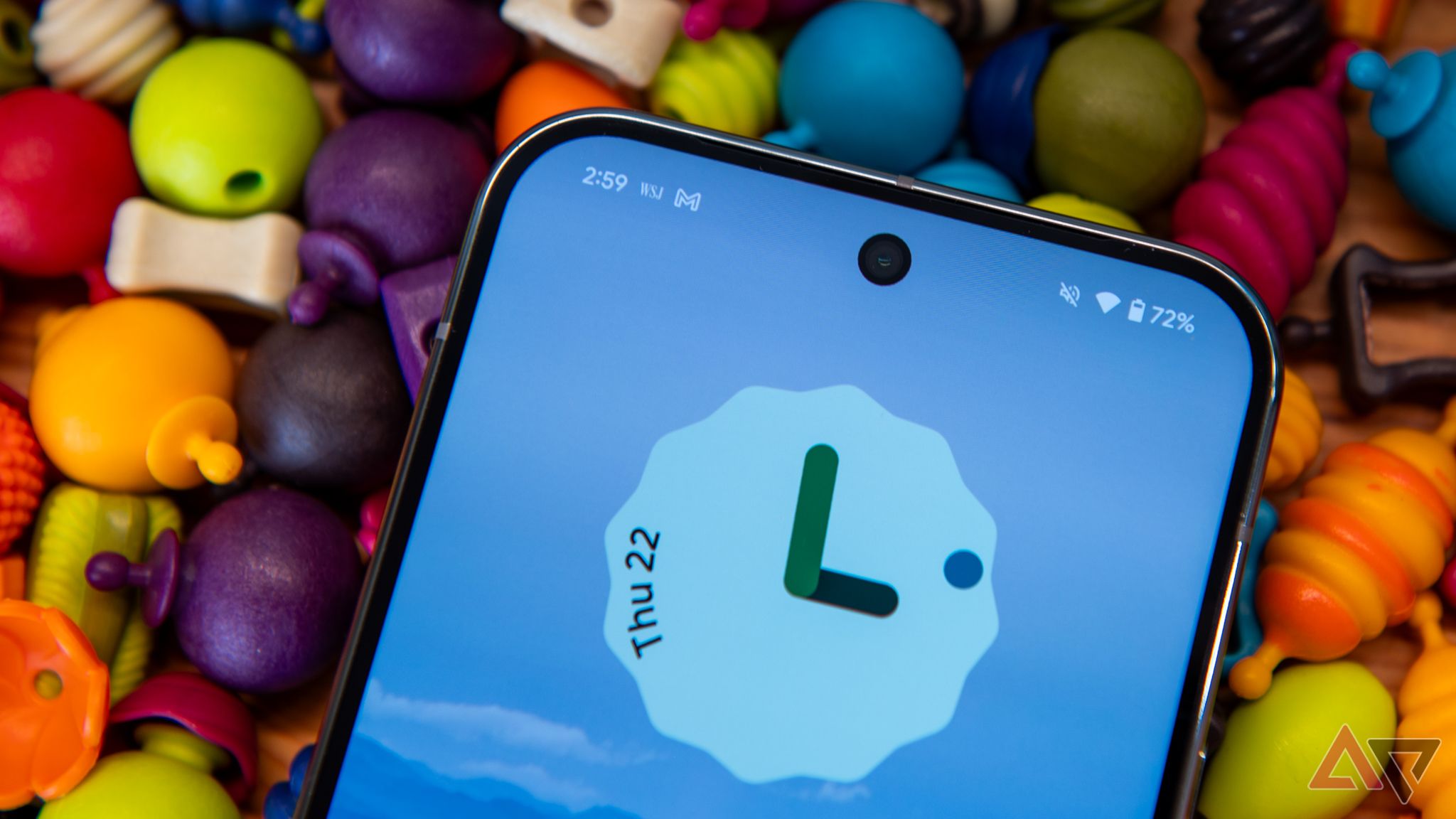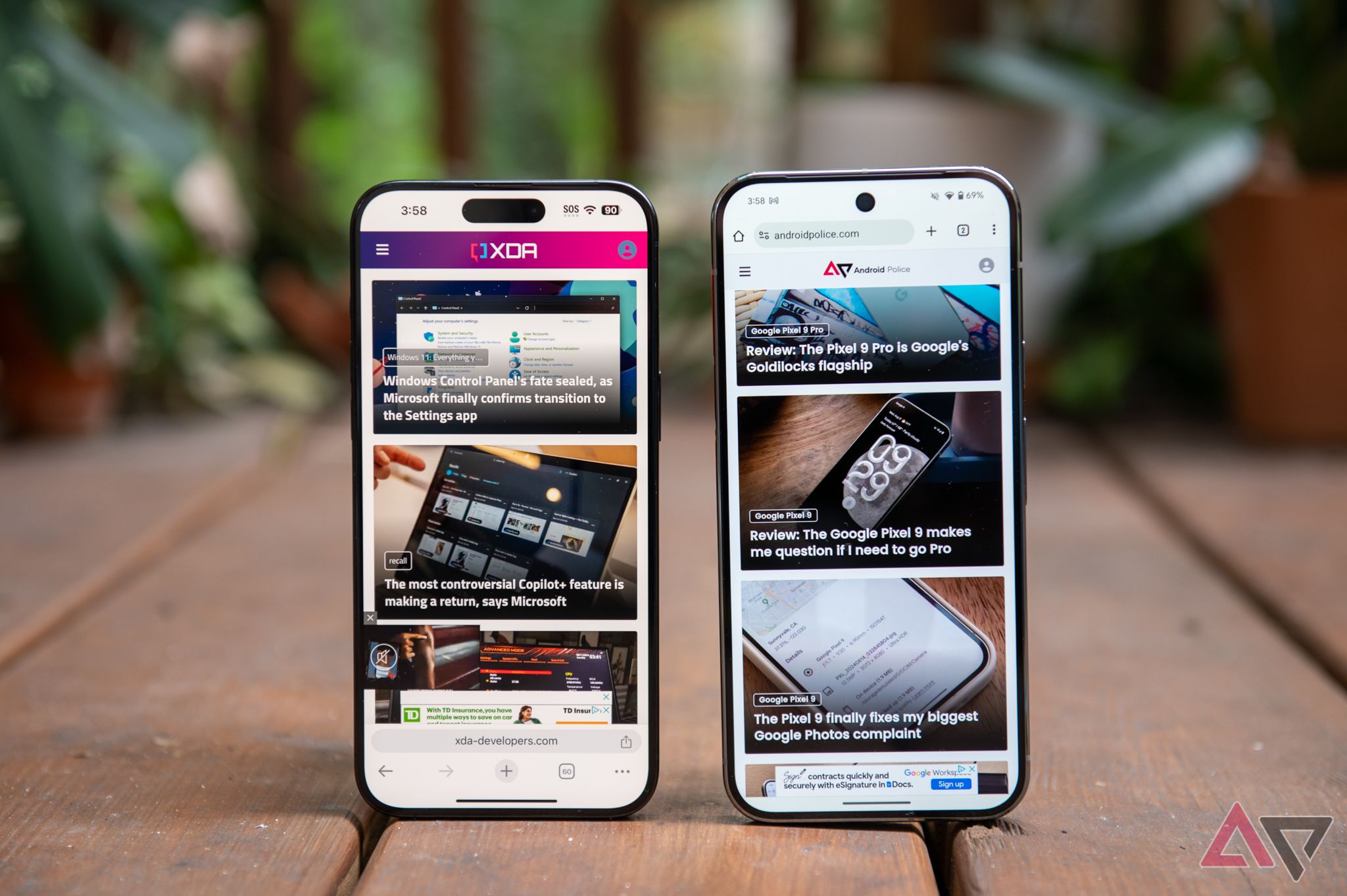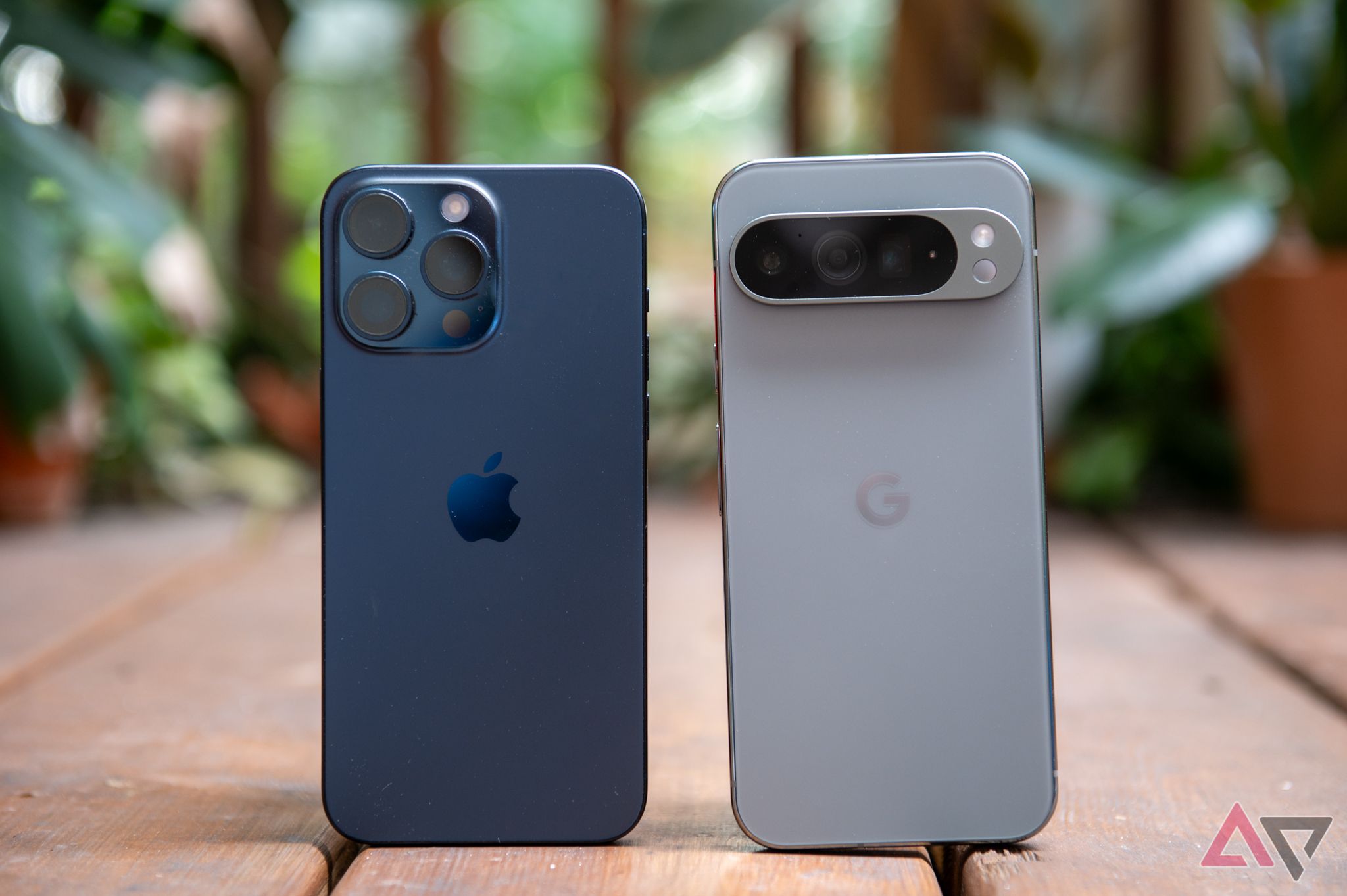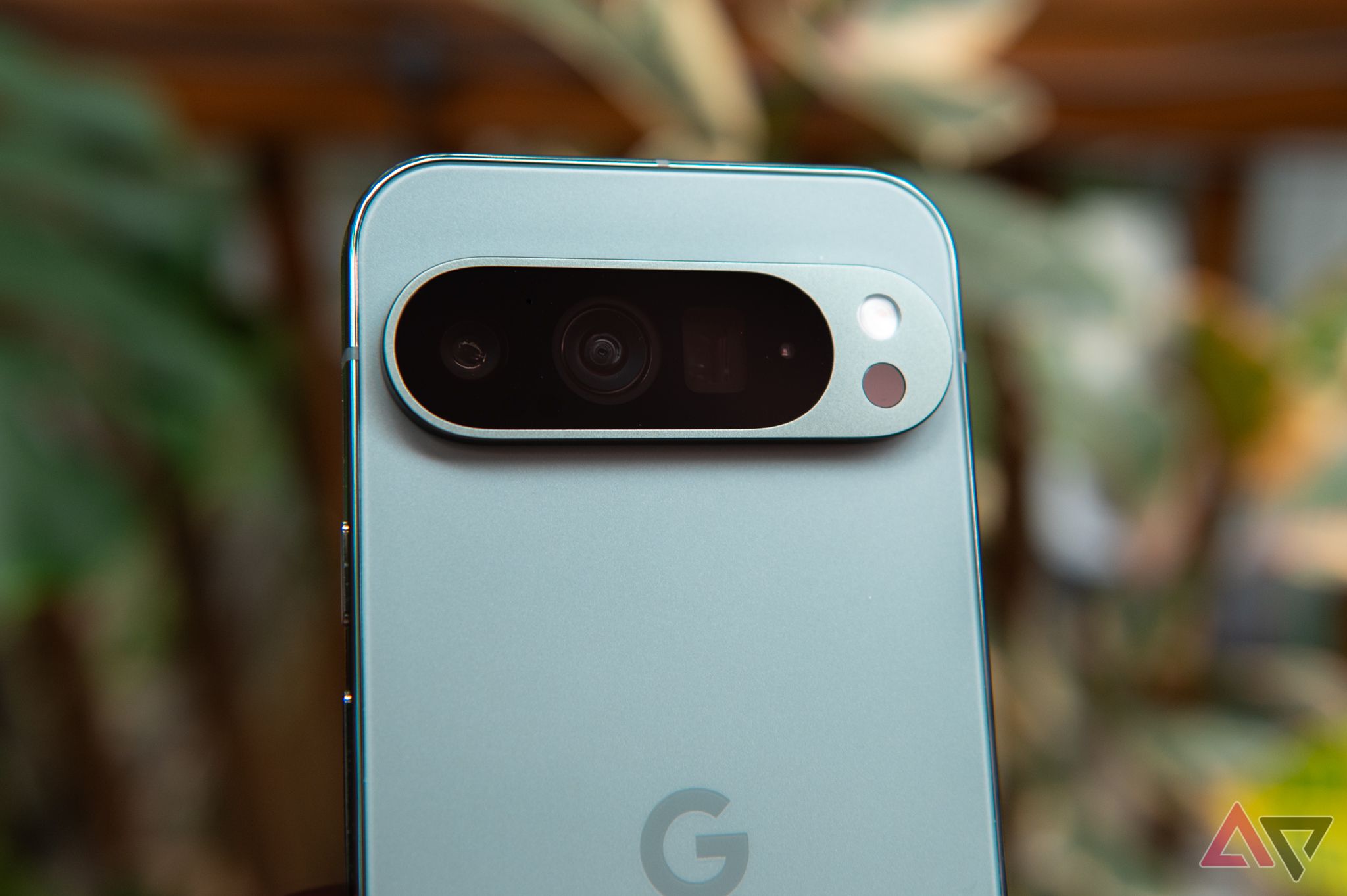The Pixel 9 Pro XL is the least interesting of Google’s four phones this year. It’s a big, expensive flagship with a slightly improved design, moderate hardware improvements, a grab-bag of AI features, and a $100 price increase. Such a tepid introduction belies, however, a remarkable feat that Google, now in its ninth generation of homegrown handsets, has pulled off: the Pixel 9 Pro XL may be the best Android phone I’ve ever used.
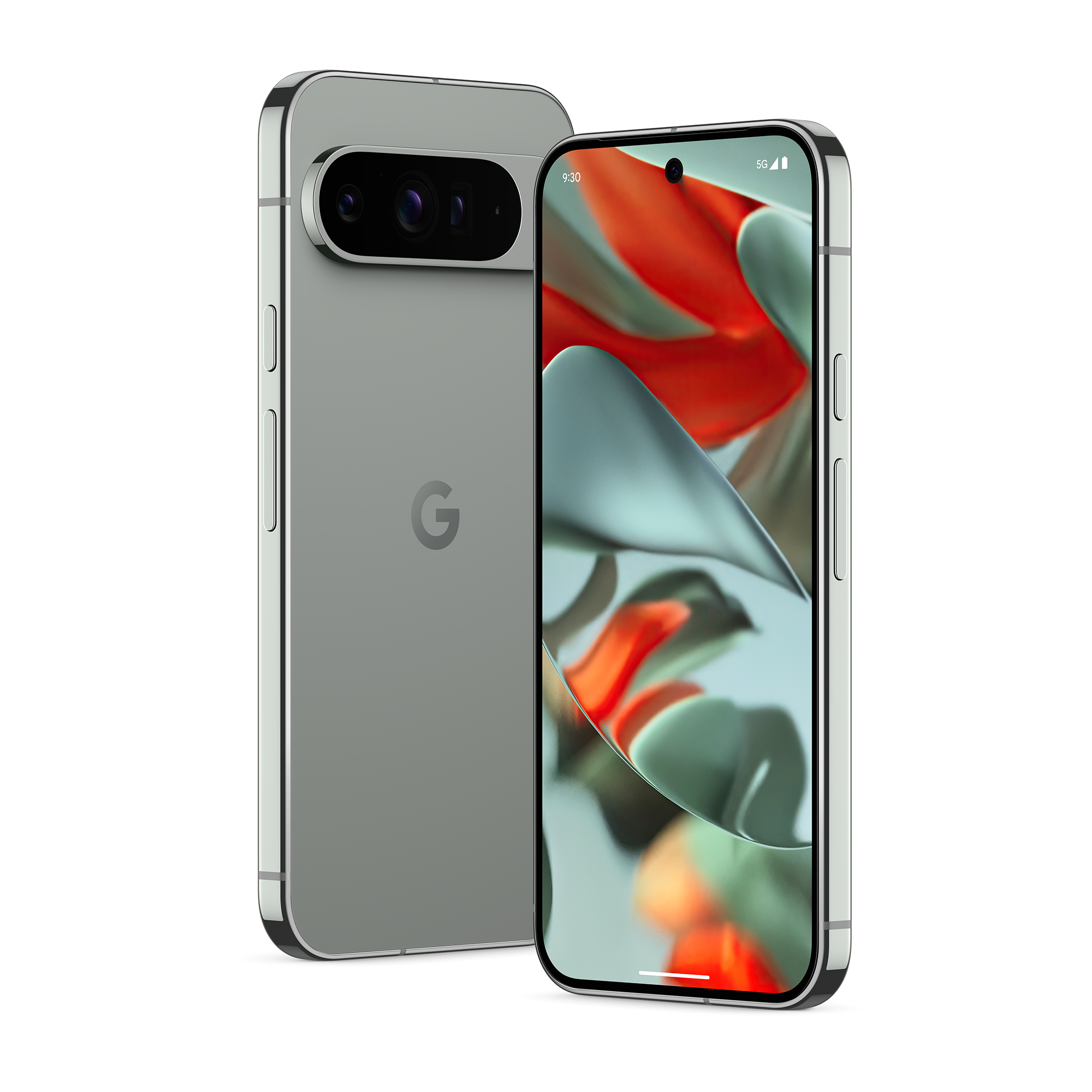

Editor’s choice
Google Pixel 9 Pro XL
AI may be all over the place, but it’s the mature, reliable, delightful core experience that makes the Pixel 9 Pro XL such a remarkably good smartphone.Yes, it’s big, and yes, it’s $100 more expensive than last year. Yes, it comes with only 128GB of storage out of the box, but those may be my only criticisms of it.
- Fast, smooth performance
- Excellent, all-day battery life
- Class-leading camera features and quality
- Some AI features are pretty useful
- Beautiful new design and stunning display
- Launches with Android 14 (lose a year of platform updates)
- $100 more expensive than last year
- 128GB default storage is not great at this price
A prodigious amount of ink has been spilled over the years about Google’s challenges in the smartphone space. After discontinuing the Nexus program in 2015 and launching the Pixel lineup the following year, every generation seemingly had to contend with some near-fatal flaw that left reviewers frustrated and prospective buyers weary.
The company got pretty close to a clean dismount with the Pixel 8 series, but that too had its share of software problems, which took a few months to resolve. Only now, a year into its seven-year lifespan, the Pixel Pro XL feels like a mature product I’d be happy to recommend. So, a week into using the Pixel 9 Pro XL, I am lingering on whether I can unreservedly recommend Google’s new non-folding flagship on day one and, if so, whether it justifies a $100 price increase over its predecessor.
The short answer is: so far, yes. Absolutely yes.
Price & Availability
$100 more for the same storage? Come on, Google
The Pixel 9 Pro XL is available starting August 22nd for $1099 USD, which gets you a 128GB version (boo!). Here is the cost breakdown per size:
- 128GB: $1099
- 256GB: $1199
- 512GB: $1319
- 1TB: $1549
You can save quite a bit of money by trading in your old phone, and Google is being more generous with trade-in values this year than in previous years, so take advantage if you can. The phone is available in the following regions: Australia, Austria, Belgium, Canada, Czech Republic, Denmark, France, Germany, Ireland, Italy, Japan, Netherlands, Norway, Poland, Portugal, Singapore, Spain, Sweden, Switzerland, Taiwan, United Kingdom, United States. It comes in four colors:
- Porcelain (white)
- Rose Quartz (pink)
- Hazel (dark green)
- Obsidian (black)
I prefer the Hazel, but you can’t go wrong with any of the colors this year.
Hardware & Design
Subtle, smart, meaningful evolution
I liked the Pixel 8 Pro ’s design, though I did feel that, in its third generation, its “friendly” and nature-inspired roundness was becoming a bit flat, if you’ll excuse the expression.
With the Pixel 9 Pro XL — and remember, the 9 Pro XL is the successor in both size, weight, and price to the Pixel 8 Pro; the Pixel 9 Pro is a new smaller entry into the lineup this year — Google has revisited straight lines, angles, and edges, while isolating the now-iconic camera visor to the phone’s rear. It’s very much a design maturation I prefer over any of the previous three Pro models, but in doing so, it also diminishes one of the more identifiable aspects of the Pixel series.
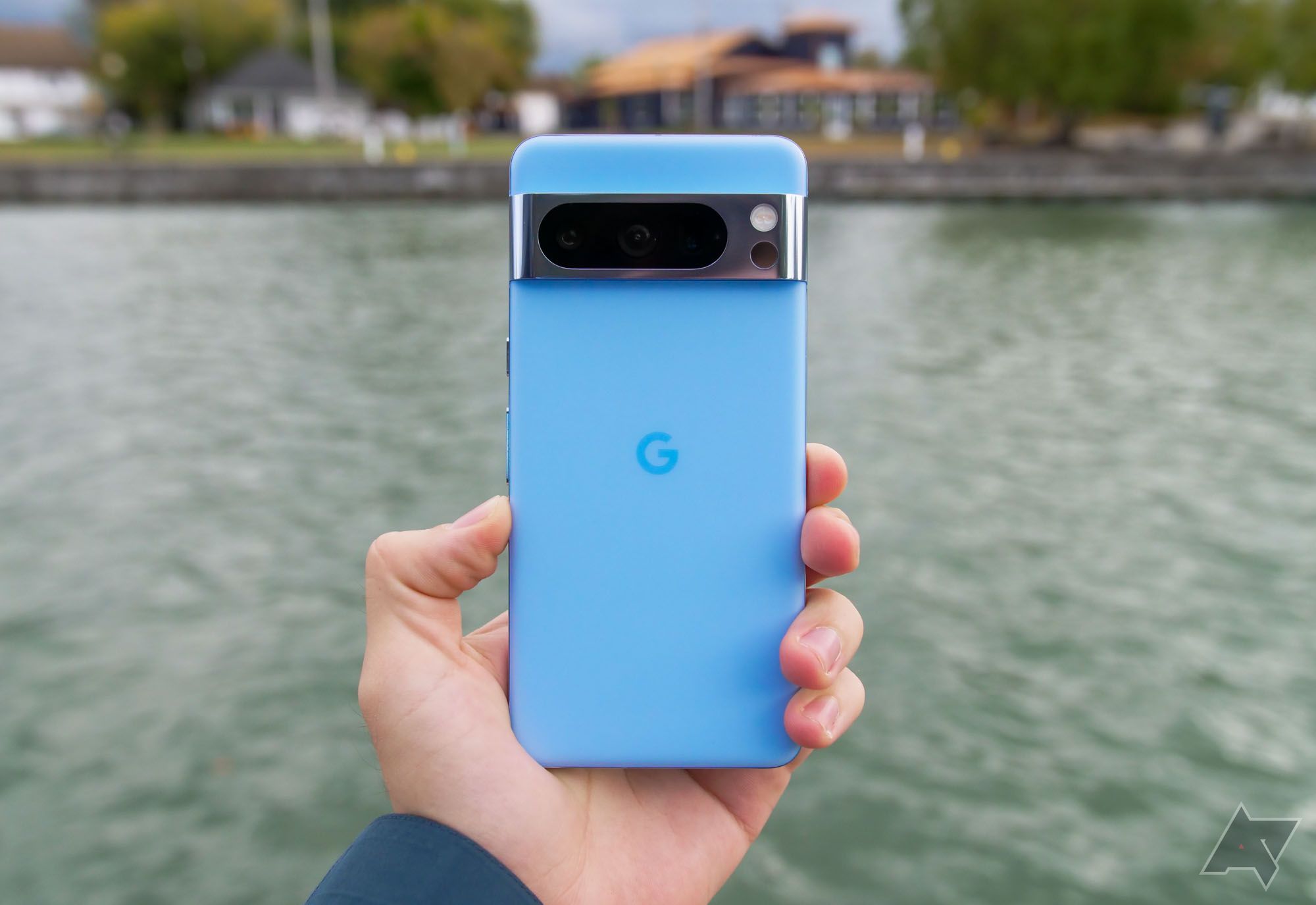
Read our review
Google Pixel 8 Pro review: Living up to its name
If you want to see the future of Google, the Pixel 8 Pro is the phone to buy
While it is marginally thinner than the Pixel 8 Pro, it doesn’t look or feel it; Google cleverly incorporated curves to its phones’ perimeters in previous models that have now been elongated and formalized into serious lines. Google is implying that this is a serious phone with a pedigree, an object of desire as much as utility. It’s a strategy successfully employed by both Apple and Samsung over the last half-decade, and by removing the last vestiges of whimsy from its most expensive phones, Google is drawing a line between its past and future.
The phone is a mere nine grams heavier than the Pixel 8 Pro, but its newfound solidity and stoicism make it look and feel far denser. Similar refinements can be found on the phone’s front, too: the 6.8-inch display is ever-so-larger and brighter than before, and it’s gorgeous. Now featuring smaller (and symmetrical) bezels, the panel is super-bright: it’s rated for 2,000 nits for HDR content, and 3,000 nits at its peak, which puts it among the most eye-searing panels on the market, but my primary test is whether I can use it outdoors, in direct summer sun, without straining, and it easily passes.
Elsewhere on the hardware side, I’ve been pleasantly surprised by the meaty, full sound of the dual speakers, while the microphone quality continues to be superb. Charging has been slightly sped up from the previous generation, from 30W to 37W. While that only cuts a few minutes from the total top-up time, it does mean that when your phone is dead — or close to it — your initial top-ups will be far more sizeable. Google claims that you’ll get 70% charge in 30 minutes using a 45W PPS charger now, up from 50% last year. It’s a small but meaningful improvement since Pixels have always been among the slowest Android phones to refill (though it wasn’t too many years ago Pixels topped out at 18W. So, this is a pretty big step in the right direction).
Google has already received some flack for not integrating Qi2 wireless charging into the Pixel 9 series this year. I’ll echo that, though it’s easily rectified with a magnetic case, such as the dbrand Grip I’ve used on the phone for a few days. As lovely as the hardware is, I’d recommend grabbing a case for your Pixel 9 Pro XL: this thing is slippery, particularly in the sweaty summer.
Some miscellany worth highlighting:
- The phone’s haptics are still among the best on Android, and I particularly like how Google’s implementation of Android utilizes them subtly across the system.
- The phone still has a temperature sensor, for what it’s worth. It’s not particularly useful, and honestly, I’m surprised it’s still here, but the app received a nice overhaul to coincide with the Pixel 9 launch — I suppose that’s something.
- The ultrasonic fingerprint sensor is more accurate and faster than before, but the good news is that I rarely have to use it. The Pixel’s front-facing camera supports level 3 face unlock. I use it to unlock not only my phone but also the secure apps like 1Password and TD Bank that I rely on every day. Win, win.
Performance & Battery life
Better & better
It’s a bit too early to say how meaningful the speed and efficiency improvements of the Tensor G4 will be to the long-term usability and enjoyment of the Pixel 9 series. However, in my few days with the phone so far, the device has run flawlessly. Google readily admits it does not build the Tensor series to rival Apple and Qualcomm in raw throughput. You can (and perhaps should) be critical of that decision, particularly on a phone that just received a $100 price increase. But the more important question you should be asking, if buying a 9 Pro XL is a real consideration, is whether it matters.
In my day-to-day usage, the phone runs cool and long, affably handling any tasks I throw at it, from browsing to media consumption to gaming. Google has designed the phone to do all of these things admirably well, but it’s no gaming phone. Qualcomm has the market cornered there on the Android side, and the upcoming Snapdragon 8 Gen 4 may add substantial distance to its gaming lead, based on what we’ve seen so far.
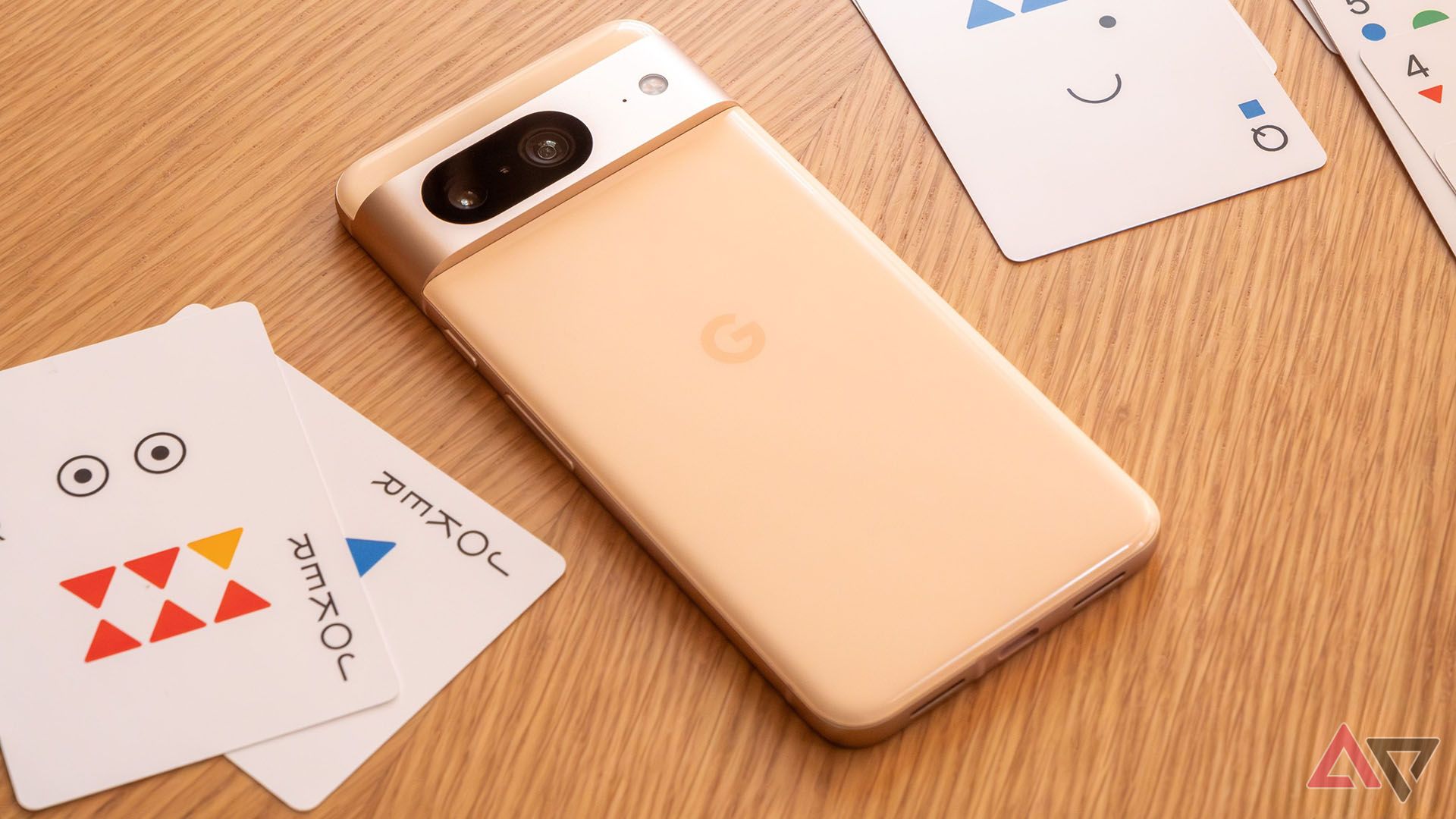
Related
The Pixel 9’s Tensor G4 might be the least interesting thing about Google’s new phones
The new Tensor may not pack any major upgrades
Still, I am practical and use a phone for straightforward things. Other reviewers will focus on gaming performance or raw benchmarks and come away ambivalent or unimpressed. That’s not how I use my phone. I open Slack, then a Chrome webview, then YouTube, then Kindle, then the camera, then Google Photos, then Libby, and then back to Slack and maybe a little Holedown if time permits. I take photos, and then I edit them; I make to-do lists, and check them off. I subscribe to too many news apps and then get upset by the number of notifications they send. You know, normal stuff.
In my daily usage, the phone runs cool and long, affably handling any task I throw at it, from browsing to media consumption to gaming.
I’ve always enjoyed using Pixel phones more than any other Android phone for these quotidian delights. Despite a surfeit of software bugs and design inconsistencies, that feeling has not diminished. The Tensor G4, with its Geekbench results equivalent to a three-year-old Snapdragon 8 Gen 1, is perfectly capable of enabling the multivarious things I expect my phone to do well and quickly, and that’s good enough for me.
Moreover, the phone runs noticeably cooler, particularly under heavy load, than the Tensor G3 in the Pixel 8 series, and I’m seeing marginally better battery life as well. You’re probably not going to end the day at 40-50% remaining as you would with a Samsung Galaxy S24 Ultra , but it’s also not likely to die before you put it on the charger, either, unless you’re partying into the early hours capturing photos and videos all the while.
Photography (and AI)
My favorite phone to shoot with
To talk about a Pixel phone’s cameras these days is to talk about two things simultaneously: its hardware, which hasn’t changed much in a few years; and its growing retinue of AI features, which has definitely changed a lot in the past few years.
First, let’s focus on the hardware. The main and telephoto sensors are identical to the last couple of generations, which isn’t a bad thing. The 50MP Samsung sensor isn’t top-tier anymore, but Google’s always been able to extract outsized value from re-used equipment. To wit, the first five generations of Pixel phones used variations of the same 12MP Sony sensor, and it retained industry-leading photos right up until the end.
Pixel 9 Pro XL 1x sample
With the Pixel 9, the hardware may be unchanged from previous years, but Google says it has overhauled the HDR pipeline from start to finish, and you can see it in the final shots. These are the crispest, cleanest photos a Pixel phone has ever produced, maintaining the contrast-heavy look that the series is known for. The Pixel’s primary camera has always been my favorite “pick-up-and-shoot” smartphone experience, and I appreciate even more this year’s subtle changes, like how much more quickly the camera app opens or how much less it lags (or how it no longer drops frames in the viewfinder).
These are the crispest, cleanest photos a Pixel phone has ever produced.
Similarly, the 5x telephoto lens utilizes the same hardware as last year’s phone, but that’s fine. Outside of China-only devices like the OPPO Find X7 Ultra or the Xiaomi 14 Ultra, this is the best telephoto experience you can buy on a smartphone. Its f/2.8 lens works with the 113mm-equivalent focal distance to punch in on subjects and provide real, usable bokeh.
It’s one of my favorite lenses on any phone, and I was genuinely shocked at how well it combined with the improved Super Res Zoom feature to provide usable photos at 30x (though I’m using the term “usable” loosely here).
Google Pixel 9 Pro XL macro sample
New this year is the ultrawide camera, which has a much larger sensor along with a wider f/1.7 aperture. I’m not typically a fan of ultrawide photos unless I’m documenting sweeping vistas, but the Pixel’s superb macro mode, which is enabled by the ultrawide, more than justifies the changes.
Finally, the selfie camera has a larger 42MP sensor to go with its already great autofocus. While I enjoyed the slightly higher resolved detail in my photos, I am more interested in the wider field of view, the 103-degree field of view. The wider, the better, in my opinion.
As for AI, here’s what I think about the features added this year:
- Magic Editor is an interesting but silly novelty that has only been made more distinctive with the addition of “Reimagine,” which offers a text prompt to augment the visual manipulations you could already achieve. I will never use this, and as others have pointed out, it’s far too easy to add problematic, and potentially dangerous, elements to photos.
- Zoom Enhance is neat, but only in the way that CSI always looked impressive when “enhancing” grainy security camera footage. I appreciate that it exists, but like most things that rely on generative AI, I feel like it’s going to harm more photos than it helps.
- Add Me is wonderful; more of this please, Google. I don’t care what anyone says about how it creates a moment that never happened. It’s lovely that you can create an artificial memory based on the experience of being together with people you love and want to be in photos with. Whether the actual photo actually happened is irrelevant; it’s a byproduct of the act of taking two photos together, stitched to look like one, and that’s a remarkable, practical way AI can help.
- Video Boost. Wow. Google’s video performance has improved a lot over the years. Without any cloud-based boosting it looks great — maybe a bit juddery compared to the iPhone and Galaxy equivalents, but perfectly usable for non-professional purposes — but Video Boost is this achievement in both cloud processing and AI that melds the kinds of things Google is good at in a really creative and genuinely useful way.
- Pixel Studio is nightmare fuel that shouldn’t be pre-installed on these phones. There are plenty of web apps that make it super simple to create an AI image of Pikachu in a Nazi uniform, but I don’t necessarily need it installed as a system app, but it’s not deletable. This isn’t just a Google problem, either: Samsung has its own version of this, called “sketch to image,” and Apple will pre-install its Image Playground app on supported phones running iOS 18 and above.
Pixel 9 Pro XL panorama sample
- This isn’t AI-enhanced at all, but the updated camera app also comes with a completely redesigned panorama mode. While I doubt it’ll make me an ultra-ultrawide aficionado overnight, it’s one of Google’s best year-over-year workflow improvements ever.
Software (and AI)
Still the Pixel experience you know and love
Many have noted that Google didn’t even introduce its new hardware products until around 20 minutes into its keynote presentation, choosing to highlight the many, many ways that Gemini can improve your life. It’s no accident that it’s taken me this long to even mention the word, and I’m no AI Luddite. I’ve been using the technology in some form almost every day for a couple of years now, and I genuinely try to find ways to extract value from its multimodal forms.
I’ve also become quite taken with Gemini as a product, though its proliferation across Google’s various products threatens to undermine some of what has made Android traditionally so useful. It’s impossible to ignore Gemini now; it’s replaced Assistant as the default on-device helper, and you’ll find it encroaching on your messaging experience, too. As I’ve already mentioned, Google Photos has been overrun with AI, and it won’t be long before Gemini’s desktop integrations with Workspace and Chrome arrive on mobile.
The good news is that you can deactivate all of this stuff if you don’t want it; the bad news is that, as with other Google services in the past, you’ll likely soon lose access to more than just AI if you insist on disabling Gemini.
Gemini is also quite good. Even the straight-up Assistant replacement version is faster and more accurate than Assistant ever became in its eight years of existence. Talking with Gemini Live, which isn’t exclusive to Pixel but to Gemini Advanced subscribers (of which you get a free year with a Pixel 9 purchase), is uncanny and a bit intimidating. I actually look forward to using it, which isn’t something I’ve said about a voice assistant (or chatbot, or whatever I want to call this thing) in a long time.
I’ve already spoken about my appreciation for, if not the app itself, then the idea of Pixel Screenshots. Right now, the app is underbaked, but it could become something truly excellent and useful if Google decides to stop isolating it from the rest of the OS. Eventual integration directly into Drive and Photos will also make a big difference.
Not launching its new phones with Android 15 is both unprecedented and absolutely the right move.
But the software experience — the Pixel Experience — isn’t just about AI. In fact, it’s barely about AI if you don’t want it to be. This is the best Android has ever been, in part because Google decided not to launch its new phones with a new OS.
This is unprecedented, for sure. While an easy excuse is that the Pixel 9s launched two months earlier than they normally do, the reality is that Google released its new phones with a bunch of new software features on top of a stable and dependable platform that’s had 10 months of stability improvements and bug fixes. The last thing Google needed was another news cycle where early adopters found issue after issue, undermining the genuine advantages of using a Pixel in the process.
The reality is that this is the most stable and performant a Pixel has been for me out of the box in years, and that’s partially owing to relatively minor, though impactful, changes on both the hardware and software side.
Competition
What competition?
What phones actually compete with the Pixel lineup? I mean, really? Rick Osterloh, the SVP of Devices & Services at Google — the guy now in charge of Pixel and Android — recently told Ben Thompson’s Stratechery that “very few” Pixel users are migrating from Samsung devices.
At first glance, that doesn’t make a lot of sense. Samsung has the largest market share in the Android space — nearly 50%, according to the latest data — so why wouldn’t unhappy Galaxy users be migrating to the next most recognizable brand, particularly in markets where Google has a strong brand and marketing presence? Likely because Samsung has spent the last decade building an ecosystem of not just loyal smartphone users, but mobile technology users, and has done so through the traditional carrier system that lets folks buy heavily subsidized devices.
The next likely candidate is Apple, which Google took more than a small amount of inspiration from with the Pixel 9 series’ design. And that’s not a criticism: these are not only Google’s most well-built phones ever, but arguably their cleanest and most mature-looking. They may lack the whimsy of previous generations, but I’d rather have certainty in the product itself.
The Galaxy S25 Ultra (or Note ?) is still a few months away, while the iPhone 16 Pro Max will be unveiled in a couple of weeks, so if you’re not burning a hole in your pocket, you may want to wait to see what those companies unveil. Still, I believe the Pixel provides such a singular experience that it’s hard to recommend either of those products over the Pixel 9 Pro XL.
Certainly, there are other niche players in the smartphone space giving the Pixel some real competition. OnePlus, for instance, has been on a roll recently and should be out in January. We don’t know much about it right now, but it’s bound to perform well, have a fantastic camera, and, perhaps most importantly, feel like a Pixel in many ways.
The biggest competitors to this phone are the other devices in the Pixel 9 series. James reviewed and loved the $799 Pixel 9, and Will is equally enamored with the $999 Pixel 9 Pro. Now we just have to see how the Pixel 9 Pro Fold fares, and it could be 4/4 for Google this time around.
Should you buy the Pixel 9 Pro XL?
Despite the mouthful of a name, the new big Pixel is really a small but meaningful upgrade over the 8 Pro. It’s a culmination of many years of iteration and optimization, uncomfortably permeated by a miasma of AI hype.
My take? Ignore the AI if you want, and just buy the darn thing. If you want a big phone, get the Pixel 9 Pro XL. If you want a medium-sized phone and can afford the Pro, get the 9 Pro. If you want the the best phone for most people, get the Pixel 9. And if you’re the sicko who wants something to fold, the 9 Pro Fold will almost certainly be the foldable to beat when it debuts early next month.
Despite being overshadowed by Google’s AI ventures, the Pixel 9 Pro XL’s success simply as a superb smartphone cannot be overstated. That it costs $100 more this year isn’t a great look, particularly because Google is trying to hint that the Pro series hasn’t received a price bump by comparing the Pixel 8 Pro to the smaller Pixel 9 Pro. Still, this huge phone is a huge win for Google, and it’s almost guaranteed a place in my pocket for the foreseeable future.


Editor’s choice
Google Pixel 9 Pro XL
The Pixel 9 Pro XL has a new name but fills the same slot as 2023’s Pixel 8 Pro, having similar specs with roughly the same footprint. The non-XL Pixel 9 Pro is new to the lineup as a smaller premium flagship offering. However, with the 9 Pro XL, you get Google’s fastest charging, a bigger screen and battery, and all the camera and Gemini AI smarts you’d get in the smaller 9 Pro.
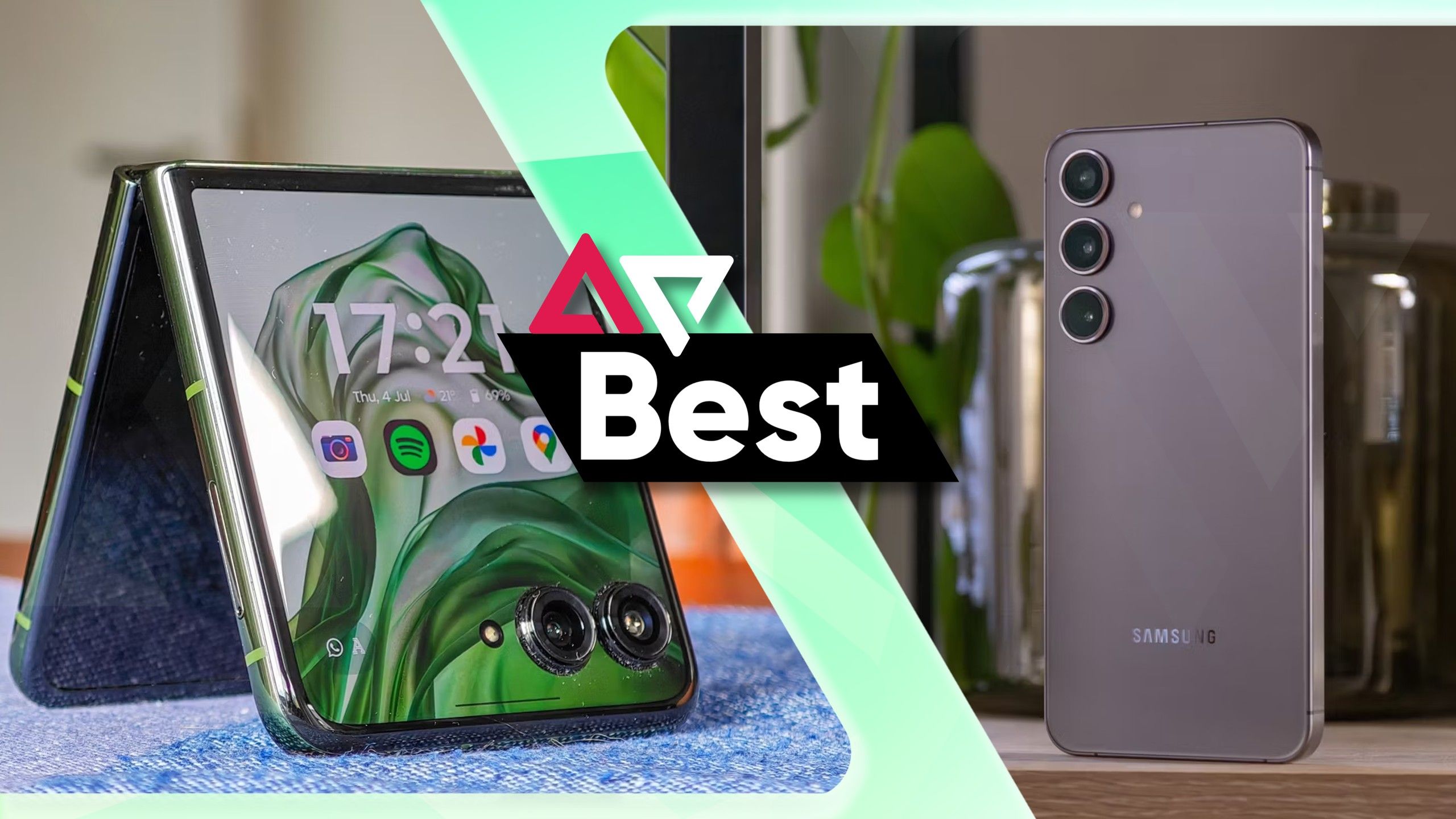
Related
Best Android phones in 2024
Premium smartphones with unique features
Source link
